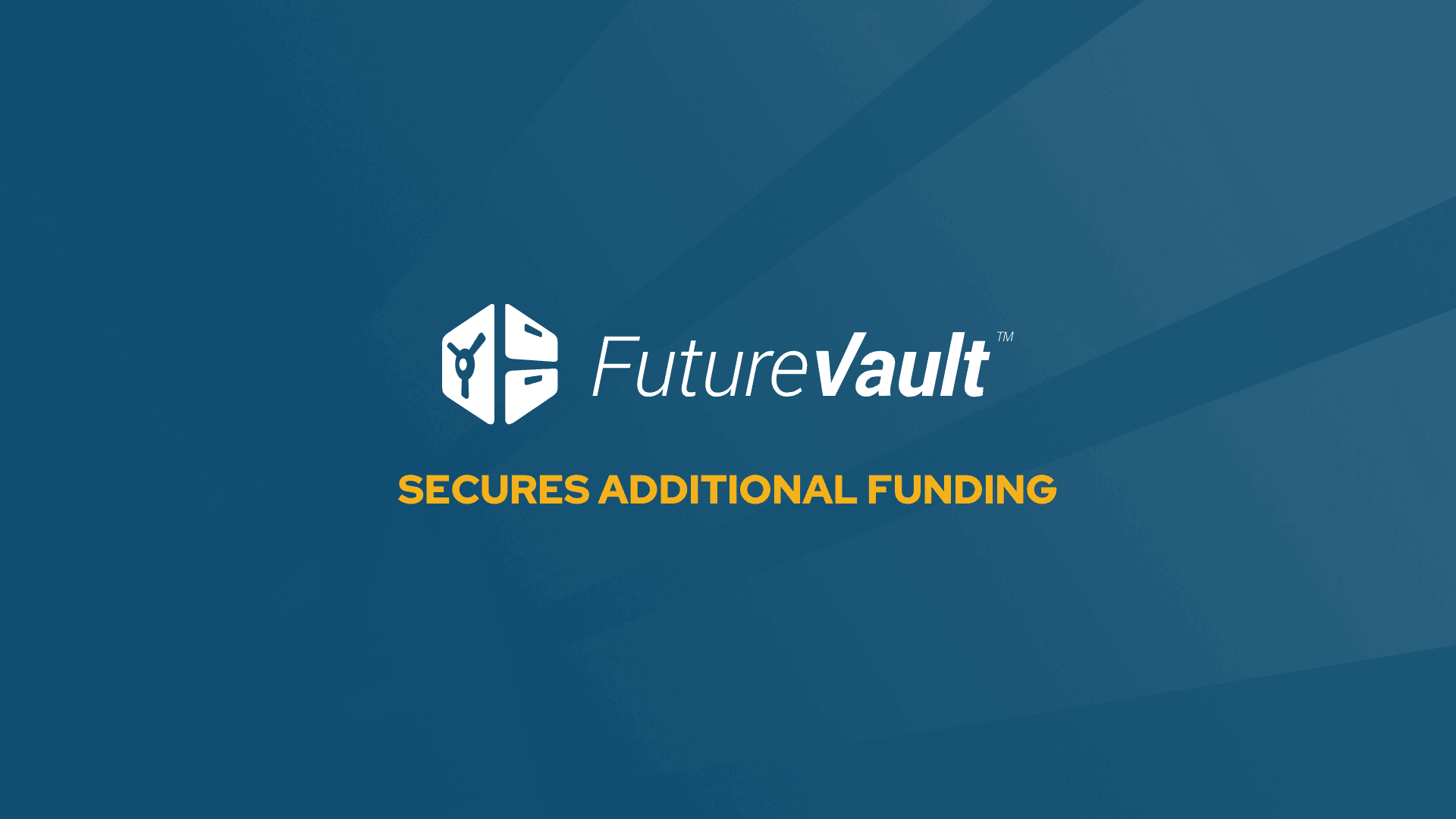The current demographic shift that is taking place in the United States, Canada, and other developed countries is resulting in a massive transfer of wealth from older generations to younger ones.
Over the next several decades, trillions of dollars will be passed down from baby boomers to their children and grandchildren. This transfer of wealth, known as the “great wealth transfer,” presents both challenges and opportunities for financial advisors and institutions.
One of the main challenges that financial advisors, firms, and institutions will face as a result of the great wealth transfer is the ability to retain family assets.
As older generations pass away, their assets will be transferred to the next generation, who may choose to take their business elsewhere if they feel that they are not receiving exceptional value from their current advisor or institution.
In fact, according to the latest Cerulli Edge—U.S. Advisor Edition, more than 70% of heirs are likely to fire or change financial advisors after inheriting their parents’ wealth. This makes it more important than ever for advisors to establish an intergenerational continuity plan to retain assets.
To retain assets during the great wealth transfer, financial advisors and institutions must focus on delivering exceptional value to family members and soon-to-be heirs. This can be achieved in a number of ways, including:
1) Providing education and training to family members and soon-to-be heirs:
Financial advisors and institutions can help to ensure a smooth transition of assets by providing education and training to family members and soon-to-be heirs on topics such as investment management, tax planning, as well as legacy and estate planning.
2) Implementing a secure digital document vault:
A secure digital document vault can serve as a central repository for all of the important documents and information that clients and their families need to access in the event of a change in circumstances, such as the passing of a family member or the retirement of an advisor.
A digital document vault ultimately serves as the single source of truth for all data, information, and documents for the family, while providing a secure and efficient way to engage and connect with other family members, centers of influence, and trusted advisors.
3) Having designated successors internally:
Advisors may want to consider having designated successors internally to take over the accounts in case of an event that would result in the primary advisor’s retirement, sudden departure, or unexpected death.
4) Offering a tailored service that fits the needs of the next generation:
Older generations may have different needs, preferences, and values than younger ones. Advisors should make sure they understand the needs and preferences of the next generation and tailor their services as well as the way they are communicating with current and future clients accordingly.
5) Helping clients to structure transfers of wealth as tax-efficiently as possible:
U.S. households are expected to transfer close to $70 trillion to their heirs and charities by 2042. Baby Boomers are expected to pass on upward of 73% of this amount (a total of $51 trillion). Tax efficiency will become increasingly important, given most of the wealth is held by older, high-net-worth (HNW) investors (those with greater than $5 million in investable assets) and will likely be subject to more expansive taxes in the coming decade.
By providing clients with tax-efficient strategies and solutions, financial advisors and institutions can help to ensure that their clients’ wealth is passed down to the next generation in the most tax-efficient manner possible.
The above numbers and statistics referenced were taken by the report from Cerulli Associates.





